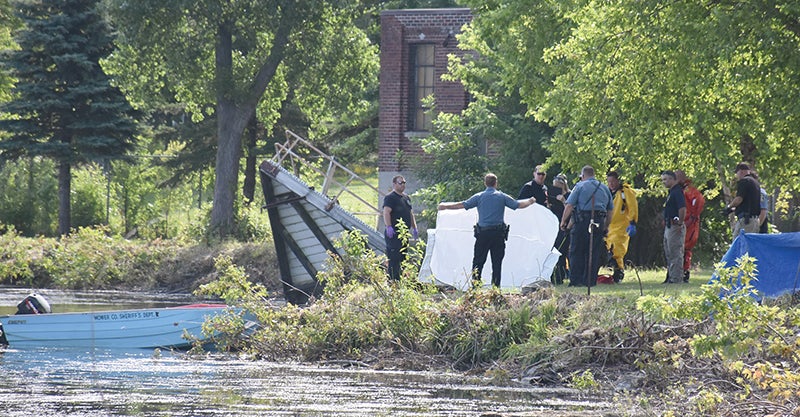New city water tank will feed Hormel plant
Published 10:26 am Tuesday, October 23, 2012
Hormel Foods Corp. will soon rely heavily on Austin Utilities for its water, and in the process Austin will grow millions of gallons richer.
Work continues on a new water reservoir on 14th Street south of Todd Park and construction is 3⁄4 done.
“We are going to be providing more of Hormel’s water needs,” said Keven Maxa, engineering supervisor with Austin Utilities. “We had to increase capacity to our total system.”
Hormel Foods Manager of External Communications Rick Williamson said the new reservoir would allow the plant to rely on Austin Utilities for the bulk of its water supply while it tends to its own water system.
“As these company-owned sources are scheduled to undergo maintenance, the plant expects to increase purchases over the next 12-18 months and rely on Austin Utilities more heavily for its water needs in the future,” Williamson said.
The reservoir should add more than 2 million gallons of water per day to the city’s capacity, Maxa said. The $3.6-million project — which will come from Austin Utilities’ budget — is not only geared toward helping Hormel, but it also accounts for the city’s growing need.
“It’s part of our overall water distribution system,” said Mark Nibaur, general manager with Austin Utilities. “We’ve had some customer growth, and just the general expansion of water volume and usage has grown over the years.”
Construction of the reservoir itself — which started in late August and will be similar to the existing one near the old Utilities building downtown — should be finished by early to mid November, but constructing a pump house over the adjacent well will need to follow before it’s operational. The new reservoir should come online in spring or summer 2013.
When it does, Maxa said, there should be no interruption in service for Austin residents, and the benefits will stretch beyond providing for the city’s water needs.
“It should actually enhance and improve fire protection,” he said.
According to Nibaur, the addition would not only help manage the city’s water capacity now, but going into the future.
“It’s something you probably won’t see in Austin again,” he said.





